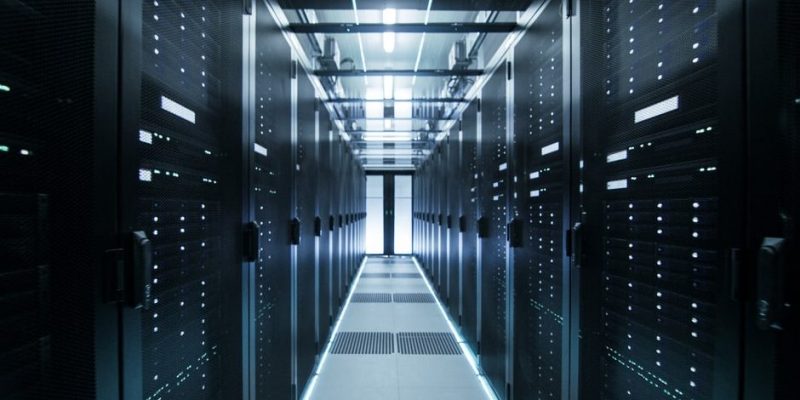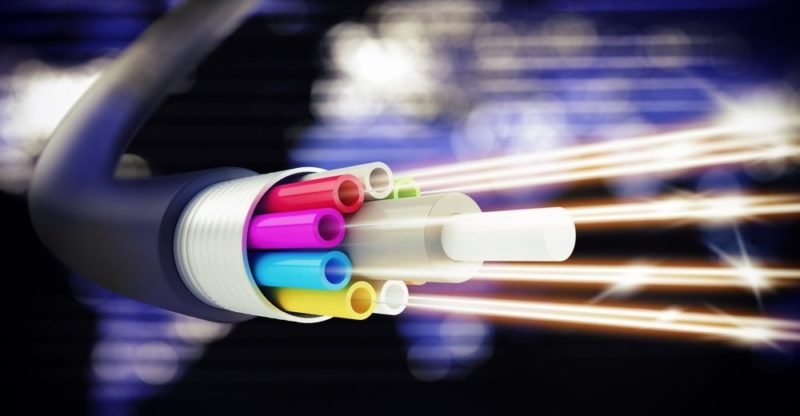We explain what a computer system is, how is its structure and classification. Also, what are its characteristics and examples.
What is a computer system?
By computer system (IS) is meant an automated data storage, processing and retrieval system , which takes advantage of the tools of computing and electronics to carry out its complex series of processes and operations. In other words, a computer system is a computer of some kind.
Computer systems are types of information systems, that is, systems that are organized around the handling of data of a diverse nature, although not all information systems are computerized. That is, not all of them are digital, automated, or electronic .
Computer systems occupy a key place in the contemporary world for the human organization of their production processes and of other natures. It is a powerful tool for the exchange of information and the construction of computer networks that overcome the difficulty of distances.
History of computer systems

Computer systems are heirs to various previous technologies .
Each of these technologies revolutionized in its time the way in which human beings understand, store or share information.
They begin with the remote invention of writing , and include the invention of the printing press in the mid-15th century and Blaise Pascal’s first mechanical calculator in the 17th century.
The first large-scale computing system was Herman Hollerith’s tabulating machine, created in 1890 . It used a series of electrical punched cards, based on Boolean logic.
This apparatus managed to tabulate the national census of the United States of that year . Its success inspired the advent of new and better computers , such as the Eniac (1946) or UNIVAC I (1951) developed in that same country for war and accounting purposes, respectively.
From then on, the discovery of new electrical and electronic materials allowed the appearance of integrated circuits. With them, new possibilities arose for computing devices, which then began their miniaturization.
This is how the first personal computers and the first cybernetic networks arose at the end of the 20th century . In this way, it forever changed the way we understand and value information in the world.
Structure of computer systems
Every computer system is made up of three integrated instances, also called “resources”:
- Hardware . The “hard” part of the system, which includes its physical components, materials , such as plates, circuits, connectors, screens, keys, screws, etc. Without it the system couldn’t just turn on.
- Software . The “soft” part of the system refers to the programmed, digital, virtual information and systems that are intangible but essential for the system to have a purpose beyond powering.
- Humanware. This name is often used to refer to the human factor in the equation: the various types of users who intervene in a computer network, who use a computer or who program it.
Classification of computer systems

Computer systems are usually classified based on three different criteria:
- According to its use. One can speak of systems for specific use, which deal with specific and very limited tasks; or general use systems, which offer extensive information management.
- According to your processing volume. We can talk about workstations ( workstations ) of limited capacity, macro computers (high capacity), microcomputers (such as small servers with low capacity) and supercomputers (with enormous processing capacity).
- According to the computer architecture of your network. If the SI is part of a network, it may have a two, three or four layer client-server relationship with the server, depending on the quantity and quality of the information transmitted.
- according to its purpose. We can talk about basic information processing systems, decision support systems, knowledge management systems, systems based on Web techniques or based on artificial intelligence.
Purpose of computer systems

The purpose of all IS is to optimally manage information . It allows you to save it, recover it, change its support (for example, print it) or share it.
In addition, it allows numerous performances, ranging from facilitating the work of human beings, offering them entertainment or information , communicating with other humans at a distance, etc.
Multiplicity of uses
Computer systems are used today in an enormous multiplicity of fields. For example, in business work, they have accounting as well as administrative functions . They are also allies of scientific research , to process large amounts of data.
In all areas it is used to safeguard confidential or personal information . On the other hand, they can also distribute the information across numerous applicants and send it through communication systems over long distances.
The contemporary global world, in which we shop online and generate so much information , could not exist without vast and complex networks of computer systems.
Comparison with an information system

All computer systems are information systems, since they deal with data inscribed in various languages , but the opposite is not true.
The big difference there is the presence of computers , which provide their processing power to the system so that information retrieval is as fast, accurate and massive as possible. However, there are information systems based on paper , the written word or other methods.
Databases
Databases are called the immense volumes of data that are stored in different types of computer systems. Its recovery is fast and punctual at the request of the users.
The coexistence and interrelation of various databases is what, among other things, gave rise to the need for computer networks : interconnections of computers that share access to various information and establish certain rules for it.
Telecommunications

Telecommunications or remote communications are a technological field in which computer systems entered at the end of the 20th century. At that time, remote communication through telephony was already a common technology throughout the planet.
The possibility of sending and receiving information through various physical channels was discovered : copper cables , fiberglass or satellite microwaves. Thanks to these new resources, the world of communications was revolutionized and distances were greatly reduced, allowing the invention of computer networks such as the Internet itself .
Artificial intelligence
One of the most controversial fields of computer science research is Artificial Intelligence. Its objective is to achieve sufficient complexity in an operating system to provide it with intelligence , that is, with capabilities that until now have been reserved for human beings: self-referentiality, decision-making, verbal communication, etc.
Examples of computer systems

- A smart cell phone. The latest generation phones contain computer systems so complex that they are practically computers. They exceed their use to make calls and are capable of processing reams of information very quickly.
- A local network of computers. Like those employed in schools , offices or ministerial buildings. It compromises devices located in different locations but connected and sharing information.
The above content published at Collaborative Research Group is for informational and educational purposes only and has been developed by referring to reliable sources and recommendations from technology experts. We do not have any contact with official entities nor do we intend to replace the information that they emit.














